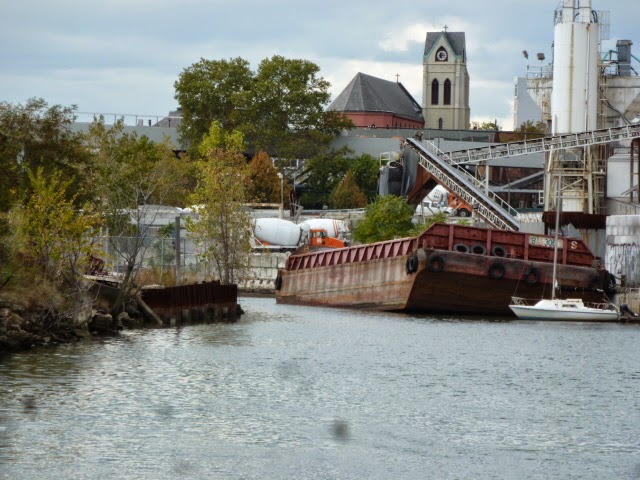These days, when I hear the word "wingnut", I think of Rush Limbaugh, Fred Phelps, Jerry Falwell and Sean Hannity.
Now, some of you may have decided to stop reading this post--or my blog--having read that. But, hey, we have our differences, but we all love cycling, right?
Anyway...I am old enough to remember (There I go again!) when the term "wingnut" actually denoted a specific bicycle part. And, I actually used a pair on one of my bikes. You may have used--or still be using--them.
I had a pair that looked something like these on one of my bikes, long ago and far away:
Mine were chromed. But they were shaped like those and indeed made by Huret in France. I never saw the bronze version until I went to France. At first, I thought they were corroded, as it's not unusual to see French people--especially in the countryside--riding bikes as old as they are. Even if they (I'm talking about the wingnuts now!) were corroded, they would have been lovely.
Actually, I don't think I've seen a bike wingnut (as opposed to a right-wing radio talkshow host) that wasn't lovely. Maybe it's not possible to make one that isn't attractive.
Of course, with good cheap quick release skewers available, there is little practical reason to use them today. In my opinion, they should never be used on a rear wheel unless the rider is very light or weak and never rides uphill, into the wind or out-of-saddle. But, I guess if you have a bike with solid axles and want to make the front wheel easily removable--say, for transport or storage--a pair of wings on the front is a good, and less expensive alternative, to replacing your axle or wheel.
And, of course, you can give your bike a little more style or enhance a "retro" look. In addition to the Huret, I particularly like these from GB:
and from Gripfast:
I would trust the Gripfast ones because I've used their track nuts, which are solidly made and lushly chromed. I never had any problems with my Hurets.
If you prefer something more modern, check out the ones from Velo Orange:
They're almost Bauhausian, at least to the extent that a wingnut can be Bauhausian. Plus, they're made of stainless steel. The only reservation I'd have about installing GBs on a bike I'd actually ride (as opposed to one that would hang on a wall) is that old alloy can be brittle. That's a reservation I'd have about almost any old alloy component; it's not a commentary on the item's quality, as GB was making good stuff during the time those nuts were manufactured (1940's-1960's).
Here are some more examples of vintage wingnuts. Have a good time looking for them on eBay!















